Bluetooth connectivity is a crucial feature in modern PCs, enabling wireless connections to various devices like smartphones, speakers, and peripherals. However, users may occasionally encounter issues with Bluetooth functionality in Windows 11. This guide presents effective solutions to resolve common Bluetooth problems and restore seamless wireless connectivity.
Before delving into the fixes, it's important to understand the potential causes of Bluetooth malfunctions:
- Driver issues
- Hardware problems
- Device compatibility
- Range limitations
- Software conflicts
- Lack of Bluetooth support on the PC
Let's explore the most effective methods to address these Bluetooth connectivity issues in Windows 11.
Verify Bluetooth support on your PC
The first step is to confirm that your PC actually supports Bluetooth. Here's how to check:
- Open the Start menu and search for "Device Manager".
- Click on the Device Manager app to launch it.
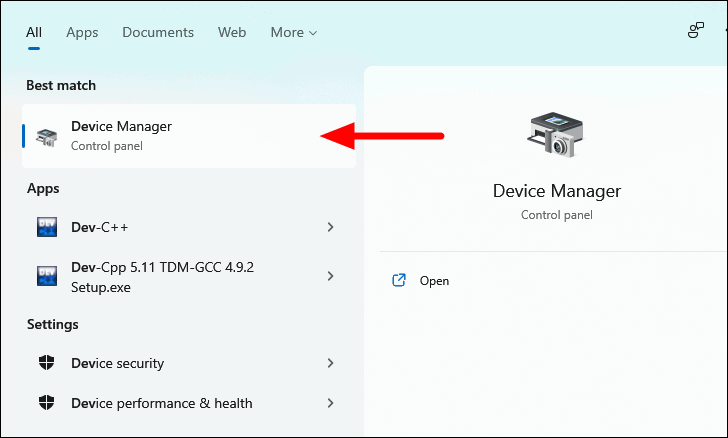
- Look for the "Bluetooth" category in the list of devices.
- Click the arrow next to "Bluetooth" to expand the category.

- Check if there are any Bluetooth devices listed.
- Also, look under "Network adapters" for any Bluetooth-related entries.

If you don't see any Bluetooth devices listed, your PC may not support Bluetooth. In this case, you can add Bluetooth functionality using an external USB Bluetooth adapter or a PCI card.
Ensure Bluetooth is enabled
Often, Bluetooth issues arise simply because the feature is turned off. Here's how to check and enable Bluetooth:
- Click on the Action Center icon in the taskbar or press Windows + A.
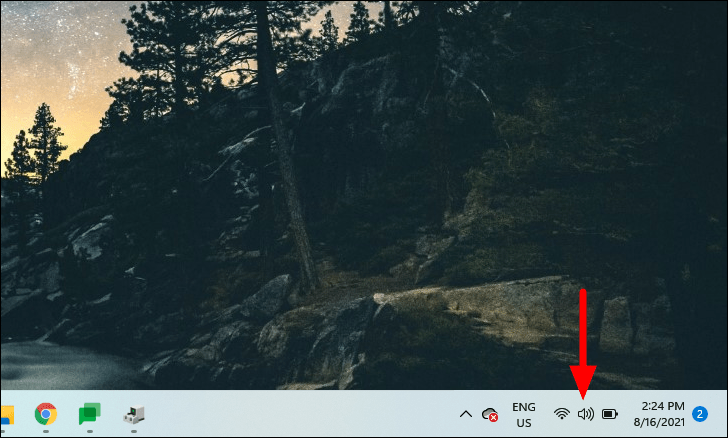
- Locate the Bluetooth tile in the Quick Settings panel.
- If the tile is white, click on it to enable Bluetooth (it should turn blue when enabled).
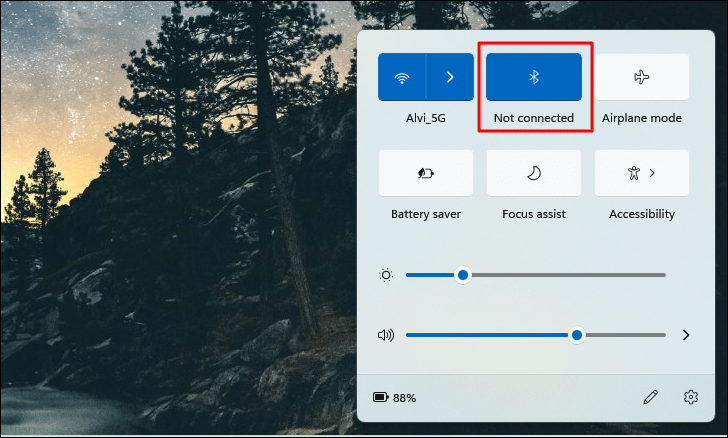
Also, check if your computer has a physical Bluetooth switch and ensure it's turned on.
Restart Bluetooth
Sometimes, simply turning Bluetooth off and on again can resolve connectivity issues:
- Open the Action Center (Windows + A).
- Click on the Bluetooth tile to disable it (the tile should turn white).
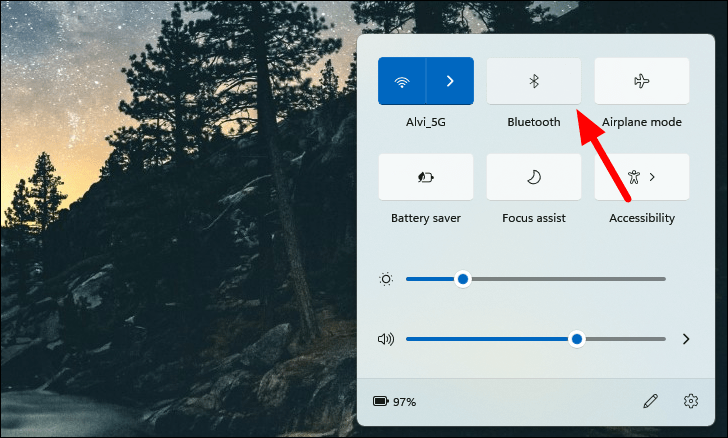
- Wait for about 30 seconds.
- Click the Bluetooth tile again to re-enable it (the tile should turn blue).
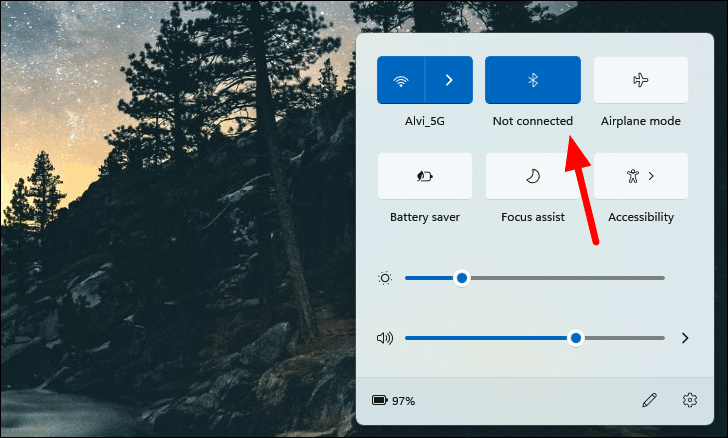
Restart your PC and Bluetooth devices
A simple restart can often resolve minor software glitches affecting Bluetooth functionality:
- Restart your Windows 11 PC.
- Turn off your Bluetooth devices.
- Wait for a minute or two.
- Turn your Bluetooth devices back on.
Run the Bluetooth troubleshooter
Windows 11 includes a built-in troubleshooter that can automatically detect and fix common Bluetooth issues:
- Open the Start menu and go to Settings.
- Navigate to System > Troubleshoot > Other troubleshooters.

- Scroll down to find "Bluetooth" and click "Run" next to it.

- Follow the on-screen instructions to complete the troubleshooting process.
Restart Bluetooth Support Service
Ensuring that the Bluetooth Support Service is running properly can resolve many Bluetooth-related issues:
- Press Windows + S and search for "Services".
- Click on the Services app to open it.
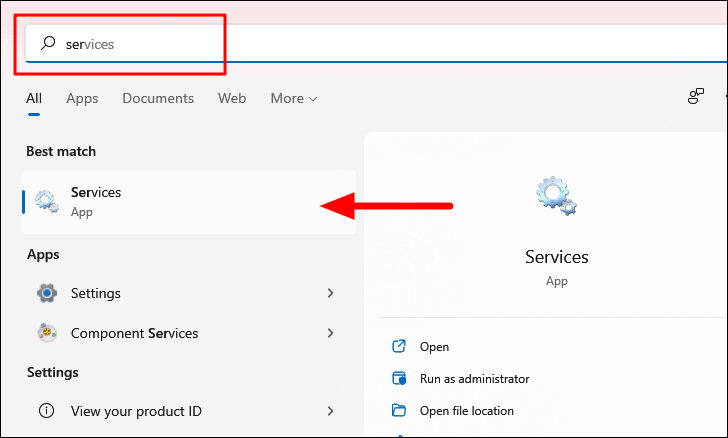
- Scroll down to find "Bluetooth Support Service" and double-click it.
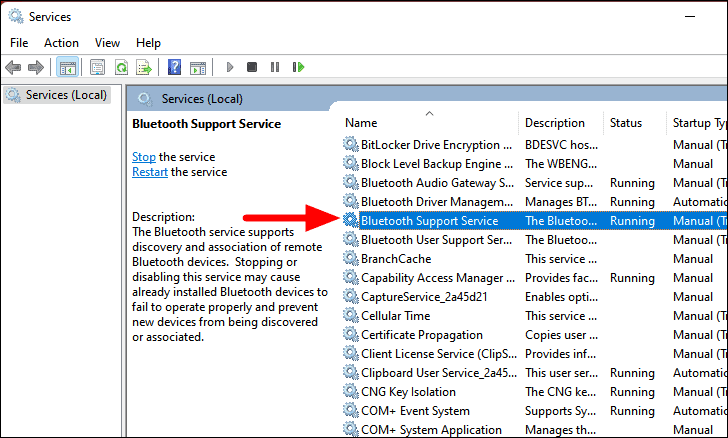
- In the Properties window, set the Startup type to "Automatic".
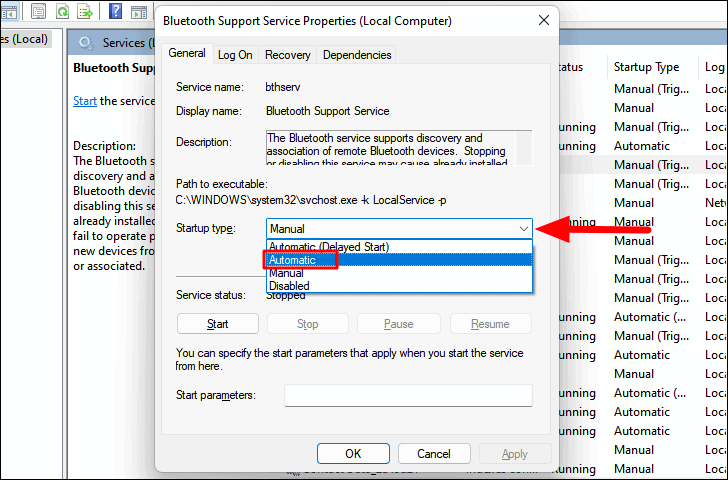
- Click "Start" under Service status if the service isn't running.
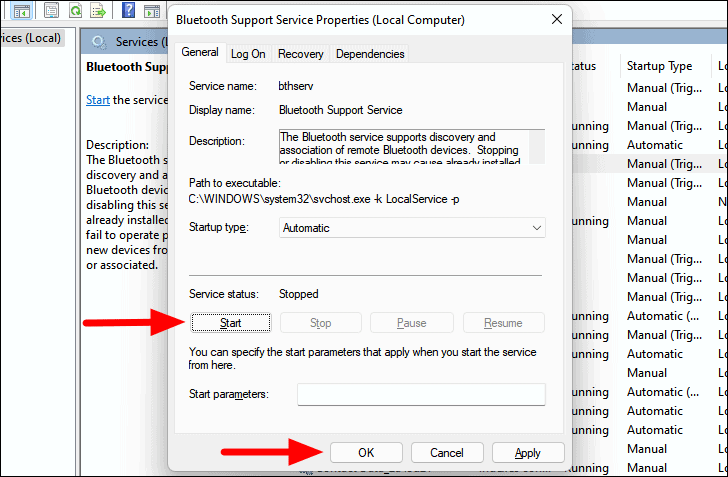
- Click "OK" to save the changes.
Check device proximity and obstructions
Bluetooth has a limited range, typically around 30 feet (10 meters) for most devices. Ensure that:
- Your Bluetooth device is within range of your PC.
- There are no physical obstructions (like walls or large metal objects) between the device and your PC.
- Other electronic devices aren't causing interference.
Update or reinstall Bluetooth drivers
Outdated or corrupt drivers can cause Bluetooth issues. Here's how to update or reinstall them:
- Open Device Manager (search for it in the Start menu).
- Expand the "Bluetooth" category.
- Right-click on your Bluetooth adapter and select "Update driver".

- Choose "Search automatically for drivers" and follow the prompts.
If updating doesn't work, try reinstalling the driver:
- Right-click the Bluetooth adapter in Device Manager.
- Select "Uninstall device" and confirm.

- Restart your PC. Windows should automatically reinstall the driver.
Re-pair Bluetooth devices
If a specific device is causing issues, try removing it and pairing it again:
- Go to Settings > Bluetooth & devices.
- Find the problematic device and click the three dots next to it.
- Select "Remove device" and confirm.
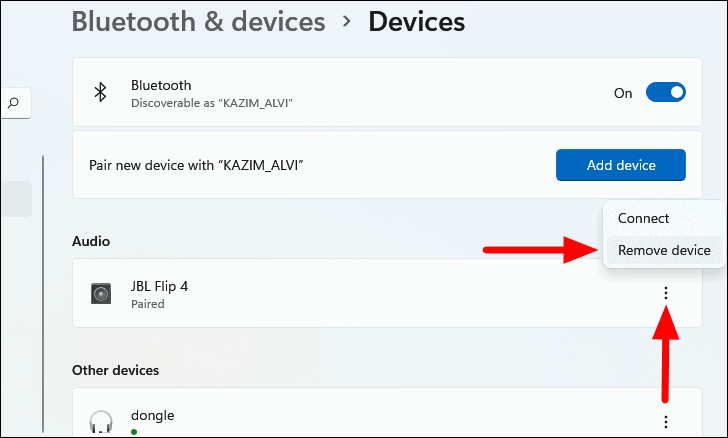
- Click "Add device" at the top of the Bluetooth & devices page.
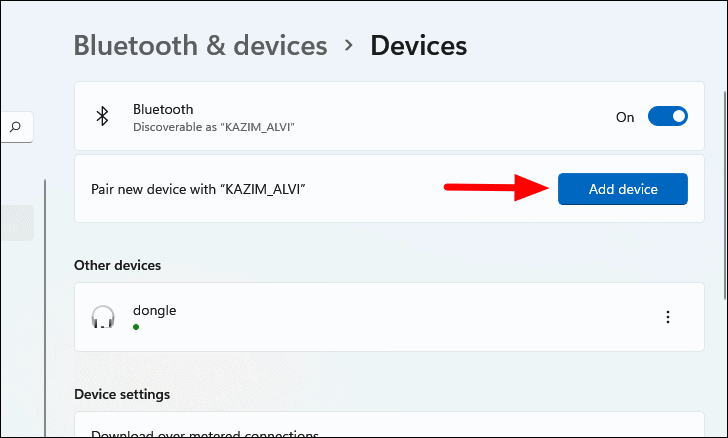
- Choose "Bluetooth" from the options.
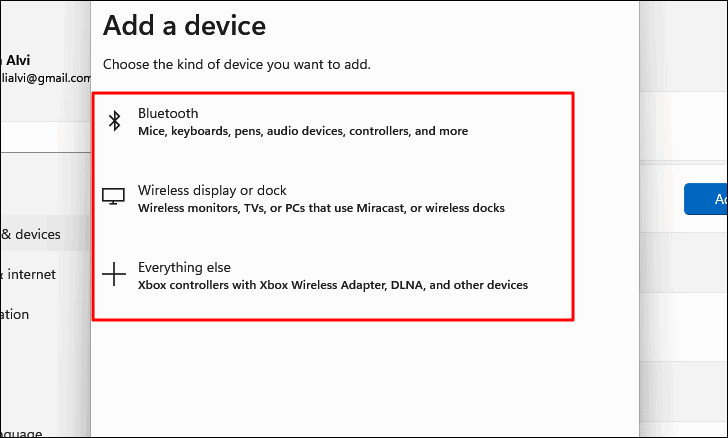
- Select your device from the list and follow the pairing instructions.

By following these steps, you should be able to resolve most Bluetooth connectivity issues in Windows 11. Remember to keep your system and drivers updated, and ensure your Bluetooth devices are compatible with your PC for the best experience.

